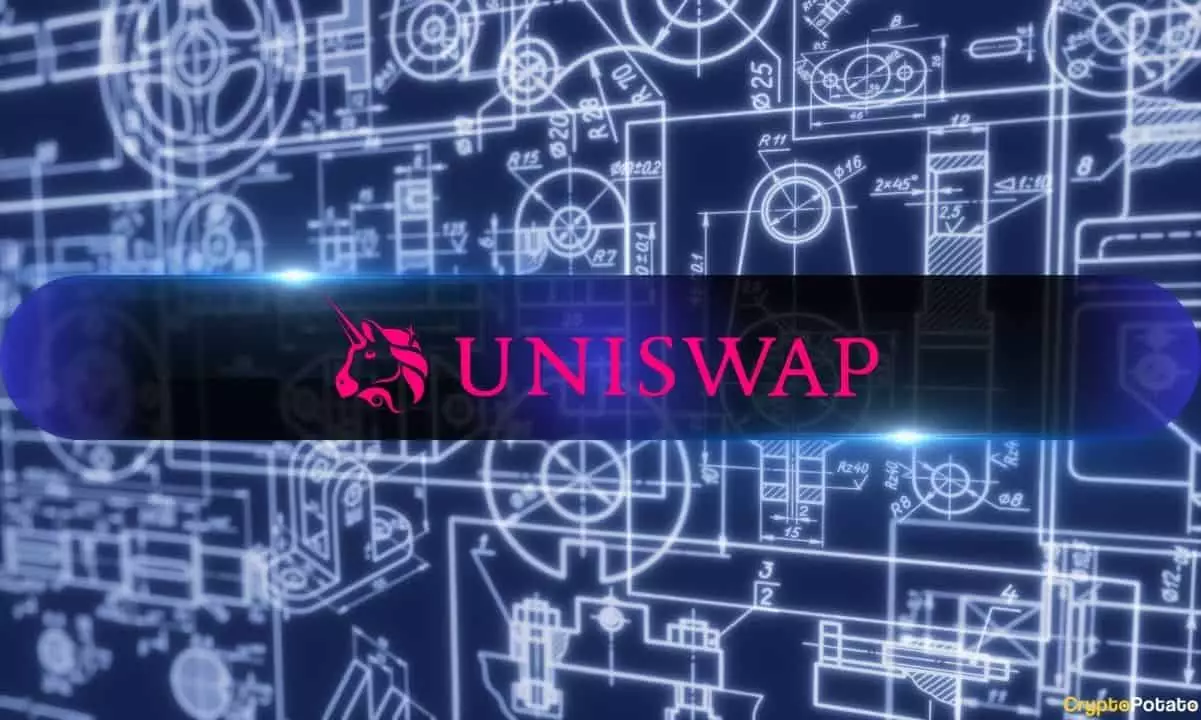In an ambitious move to enhance the DeFi landscape, Uniswap has rolled out Unichain, its new Ethereum layer-2 (L2) solution, as of February 11. This announcement signifies Uniswap’s first substantial venture into the increasingly competitive L2 arena, which is rapidly evolving with varying levels of adoption and technological innovation. Unichain aims to solve some of the persistent issues plaguing the Ethereum network, such as exorbitant gas fees and sluggish transaction speeds—all while striving to maintain the decentralization ethos that has been foundational to the blockchain community.
Unichain is designed to offer a seamless experience for users, enabling them to swap, bridge, and provide liquidity through the familiar Uniswap web app and its updated wallet interface. The platform claims to deliver significant performance enhancements, boasting one-second block times with a long-term goal of achieving as little as 250 milliseconds. Such improvements could drastically transform the user experience, particularly for traders who demand speed and efficiency.
Notably, before its mainnet launch to the public, Unichain already facilitated over 88 million test transactions and processed 12 million test smart contracts during its testnet phase, which was initiated back in October. This extensive testing is crucial in ensuring that the platform can handle real-world demands once it launches fully.
Hayden Adams, the Founder and CEO of Uniswap Labs, has emphasized that Unichain is “built differently.” At the core of this initiative is a commitment to decentralization from day one, as stated by Adams. Creating an environment that is open and permissionless is intrinsic to Unichain’s design, allowing for a more democratized financial ecosystem. The platform plans to introduce a Validation Network later this year which will enable public verification of blocks, furthering its goals of transparency and trust.
Moreover, Unichain plans to alleviate participant concerns by providing permissionless fault proofs, allowing arbitrary parties to contest transactions that seem erroneous. This level of transparency is essential in building confidence within the DeFi space, where users often remain skeptical after high-profile exploits.
Competitive Landscape and Market Challenges
Despite these promising features, Unichain is entering a highly saturated L2 space. Current statistics from L2beat reveal a total value locked (TVL) of around $42.3 billion across various L2 solutions, highlighting the competitive terrain that Unichain must navigate. With Arbitrum One at the forefront, commanding a market share of approximately 38% and followed closely by Base at 32%, Unichain will face stiff competition from established networks that have already solidified their positions.
Furthermore, Unichain’s ambitious goals do not guarantee immediate success. The platform will need to carve out its market share in a landscape currently dominated by only a few key players. While Uniswap, as the leading Decentralized Exchange (DEX), should theoretically lend significant credibility and user interest to Unichain, historical trends illustrate that market dynamics can shift rapidly.
Market Reaction and Future Outlook
Interestingly, despite the excitement generated by Unichain’s launch, reactions within the broader cryptocurrency market appear lukewarm. Uniswap’s native token, UNI, declined by 6% following the announcement, reflecting a concerning trend where the altcoin has dropped over 30% in recent months—consistent with a broader downturn affecting many DeFi-related assets. Currently priced almost 80% lower than its all-time high from May 2021, this trend underscores the challenges that DeFi tokens face in maintaining value amidst fluctuating interest.
While Unichain presents a star-studded entry into the L2 ecosystem with its commitment to speed, cost efficiency, and enhanced decentralization, it must contend with an established market filled with rival platforms. Whether Uniswap can leverage its substantial name recognition and user base effectively in this competitive landscape remains to be seen. As Unichain’s functionalities expand and the network becomes operational, the community will be eagerly watching to see how it reshapes the future of decentralized finance.

